Sadc to pump $233bln into power generation
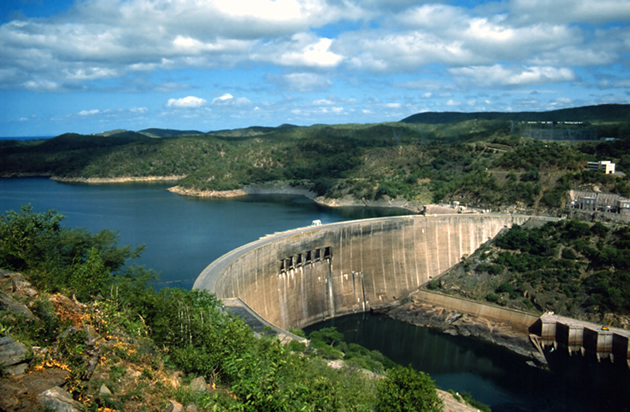
THE Southern African Development Community (Sadc), a regional trade bloc, will invest between $114 billion and $233 billion from 2012-2027 to improve electricity generation, a new report said, as part of plans to ramp up renewable energy projects.
Home to around 298 million people, the region faces significant energy shortfalls, ranging from low rates of electricity penetration to ageing power plants. Blackouts occur daily in some countries, hampering economic growth.
“The related transmission investment costs to support new generation capacity are estimated at $540 million, not including already planned transmission interconnectors and national backbone lines,” said the 2015 Sadc renewable energy and energy efficiency status report released at a Cape Town conference.
In South Africa, the continent’s most developed economy, state-owned power utility Eskom is forced to cut electricity frequently owing to supply shortages. Zimbabwe and Namibia also face shortfalls.
The energy crunch and the impact of coal-fired power plants on the climate have led to a push across the continent to diversify the energy mix to include greener sources, such as solar, wind and hydro.
“Renewables . . . provide needed energy services in a sustainable manner, more rapidly and generally at lower cost than fossil fuels. Their potential for the African continent is significant,” said Christine Lins, executive secretary at the Renewable Energy Policy Network for the 21st Century, which brings together governments, NGOs and research institutions.
Biomass remains the major source of energy in most Sadc member countries, with wood and charcoal accounting for more than 45 percent of the final energy consumption in the region.
The report noted that renewable energy in southern Africa was increasing rapidly, accounting for around 23.5 percent of generation, with hydropower, which has installed capacity of just under 12,000 megawatts (MW), the major source.
“Current potential hydro resources in the region amount to just under 41,000MW, not including major expansion on the Congo River,” the report said.
Experts cite power shortages as one of the foremost barriers to development in the vast Democratic Republic of Congo. Only about 10 percent of the population has access to electricity. — Reuters.

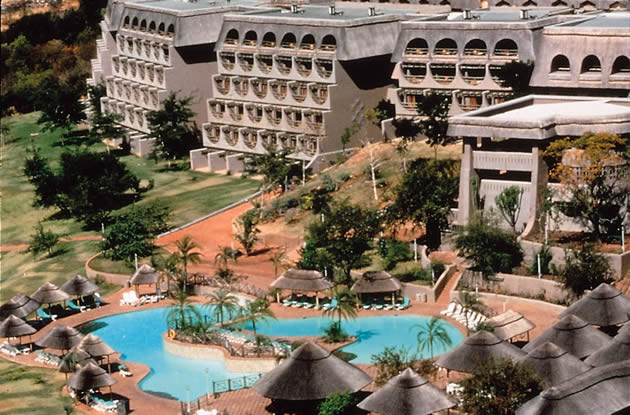

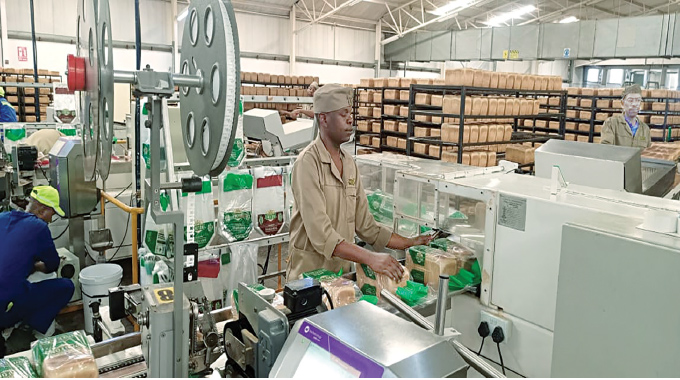
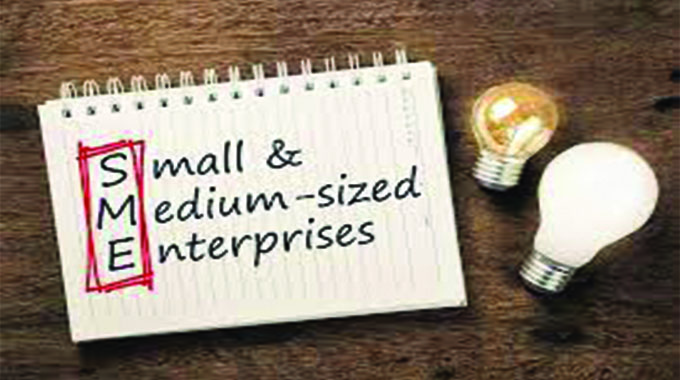
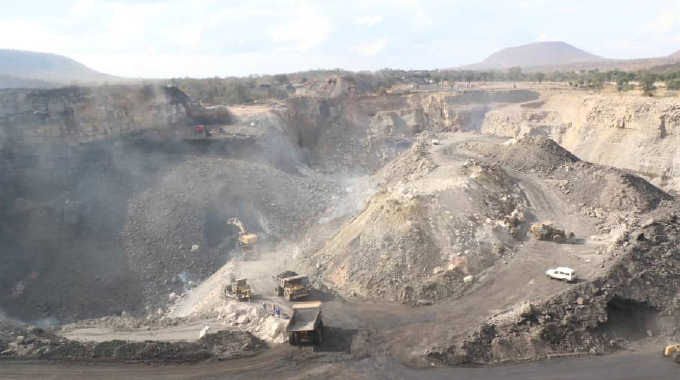





Comments